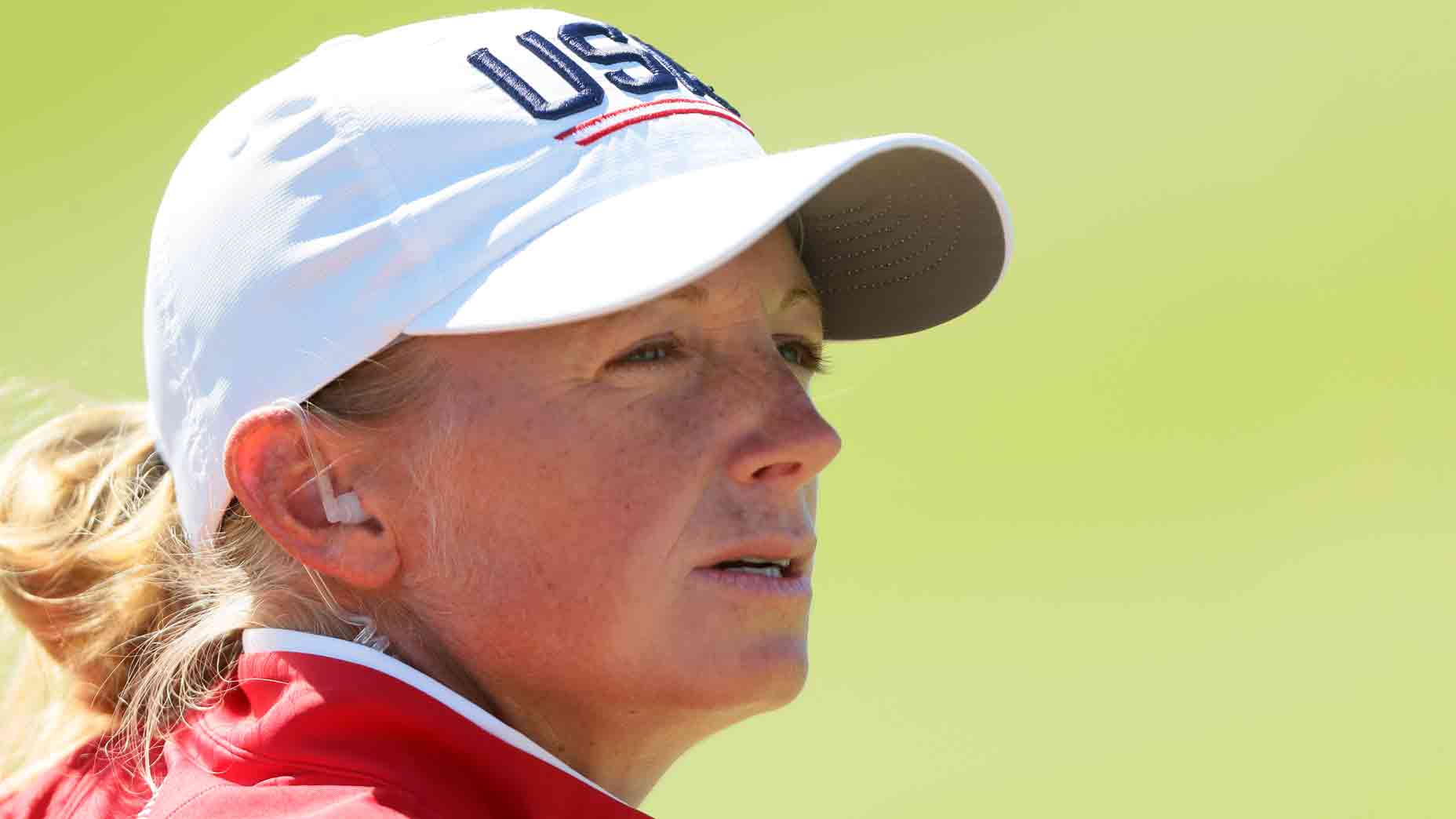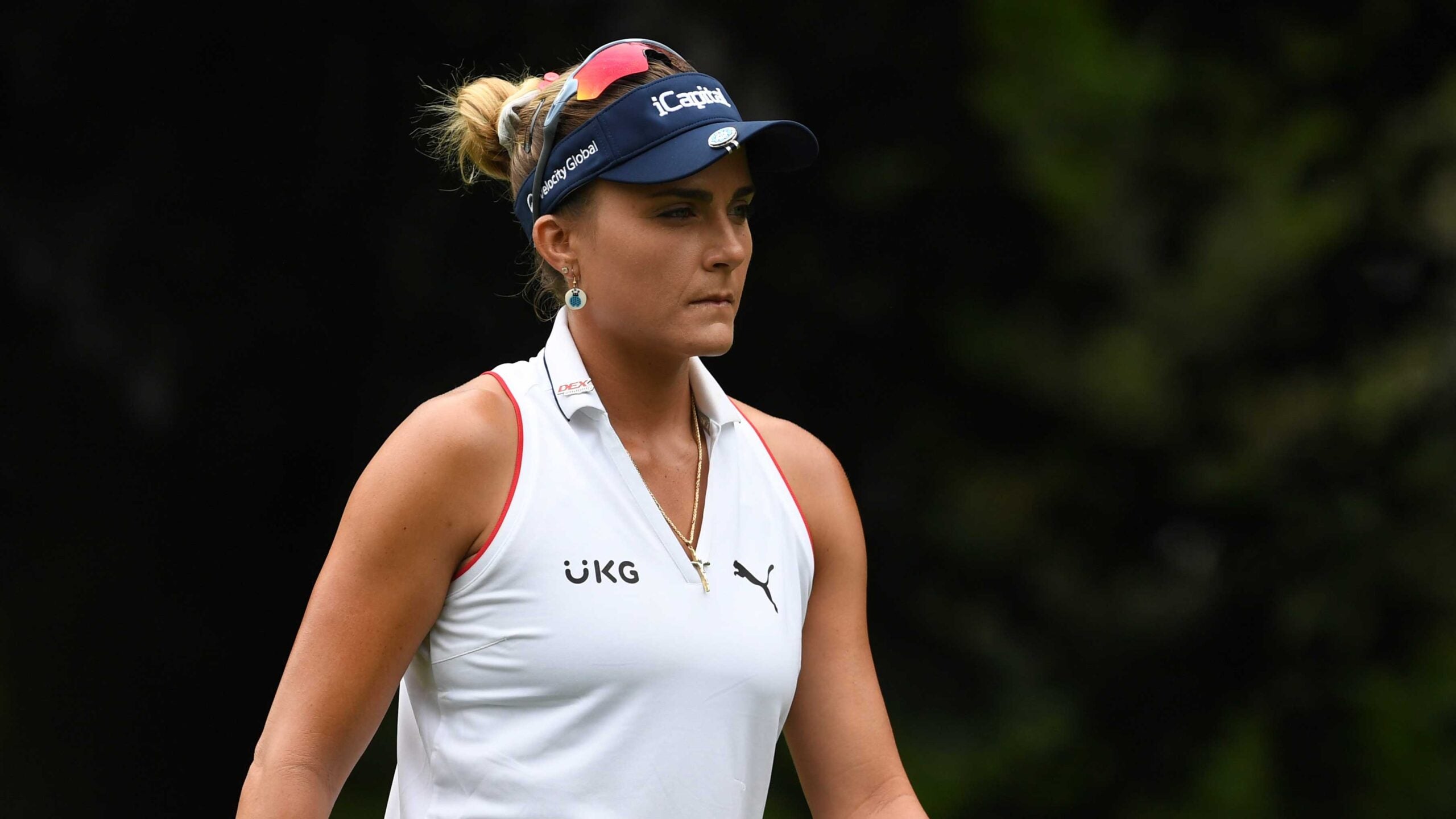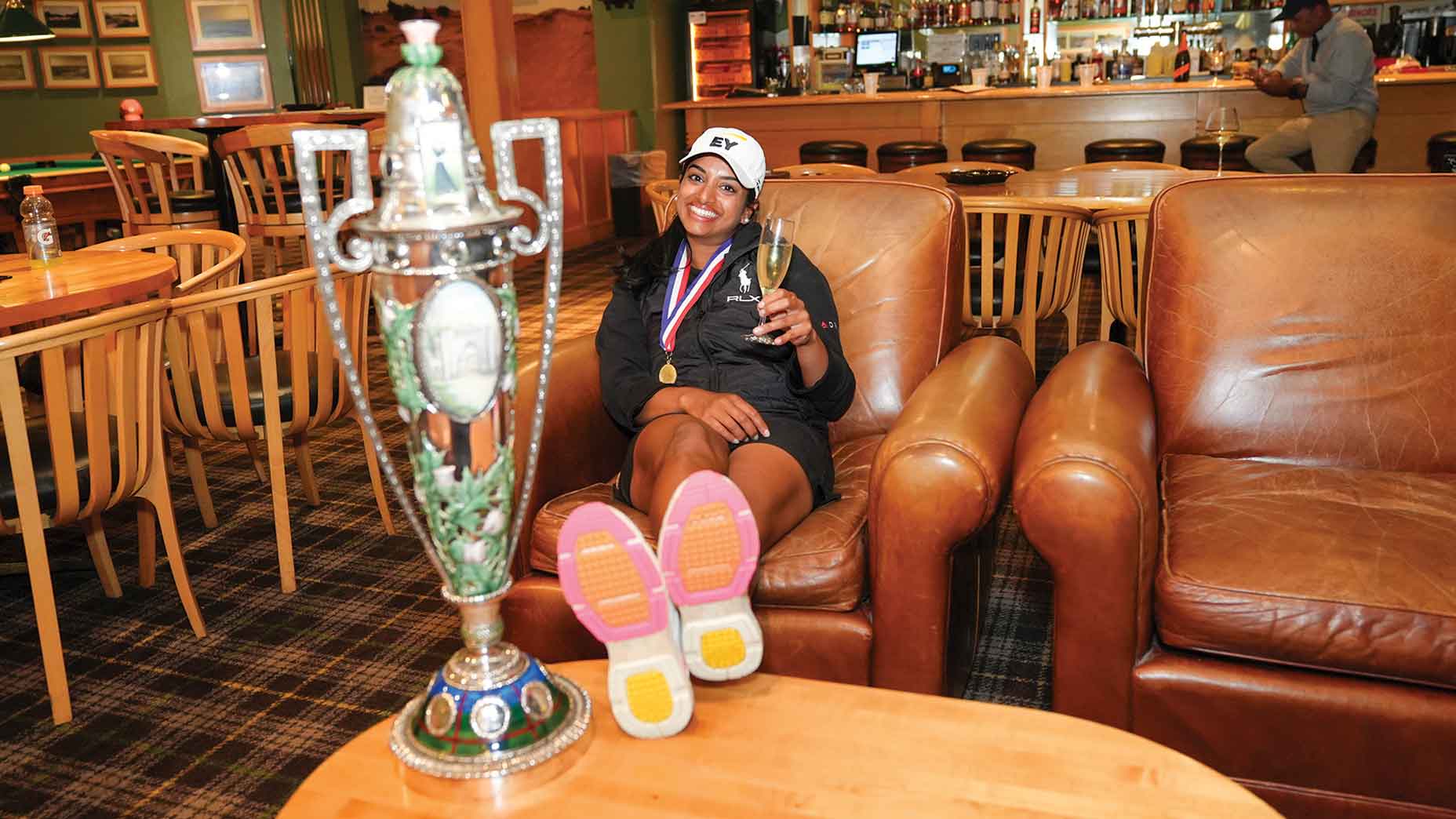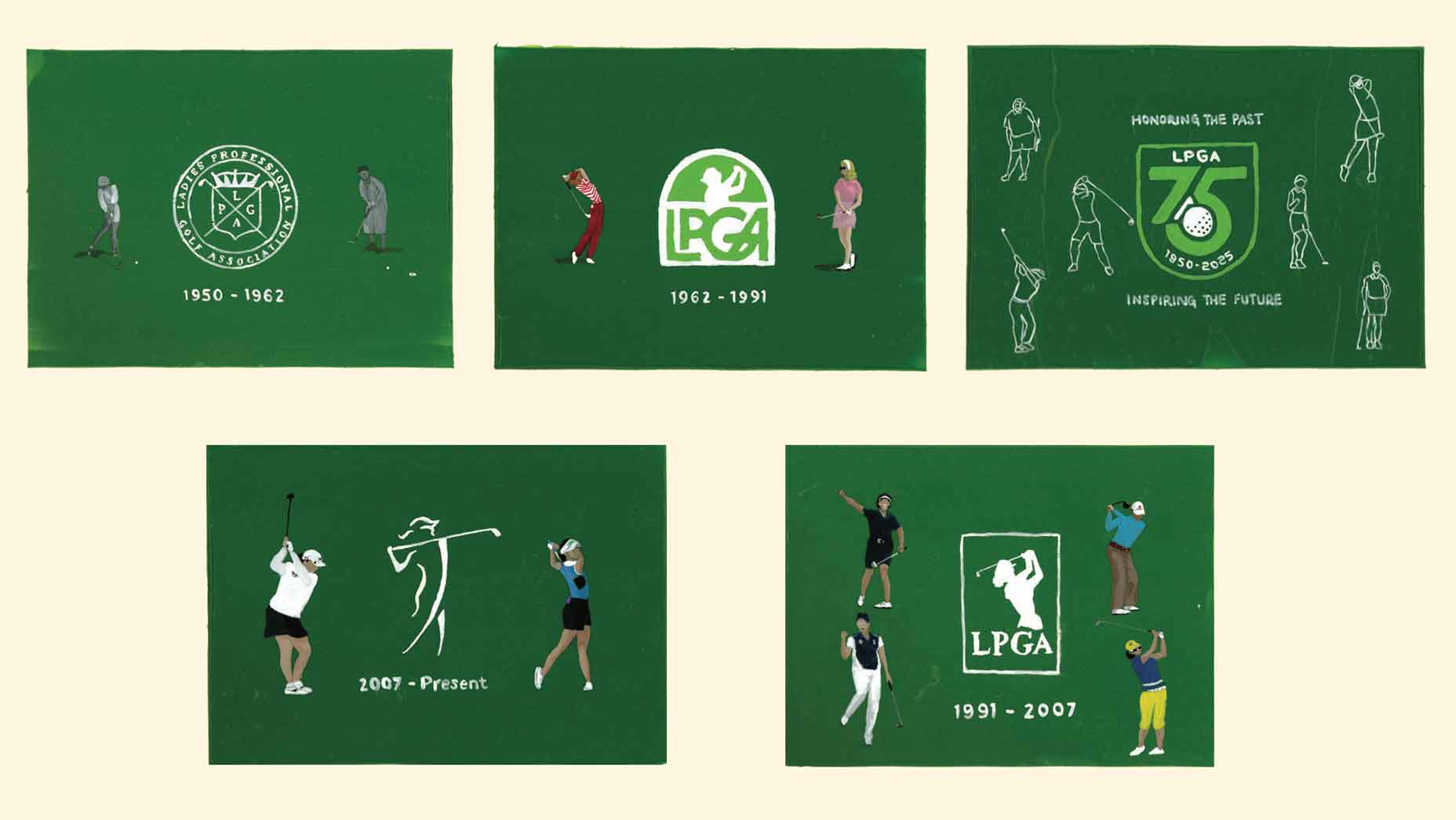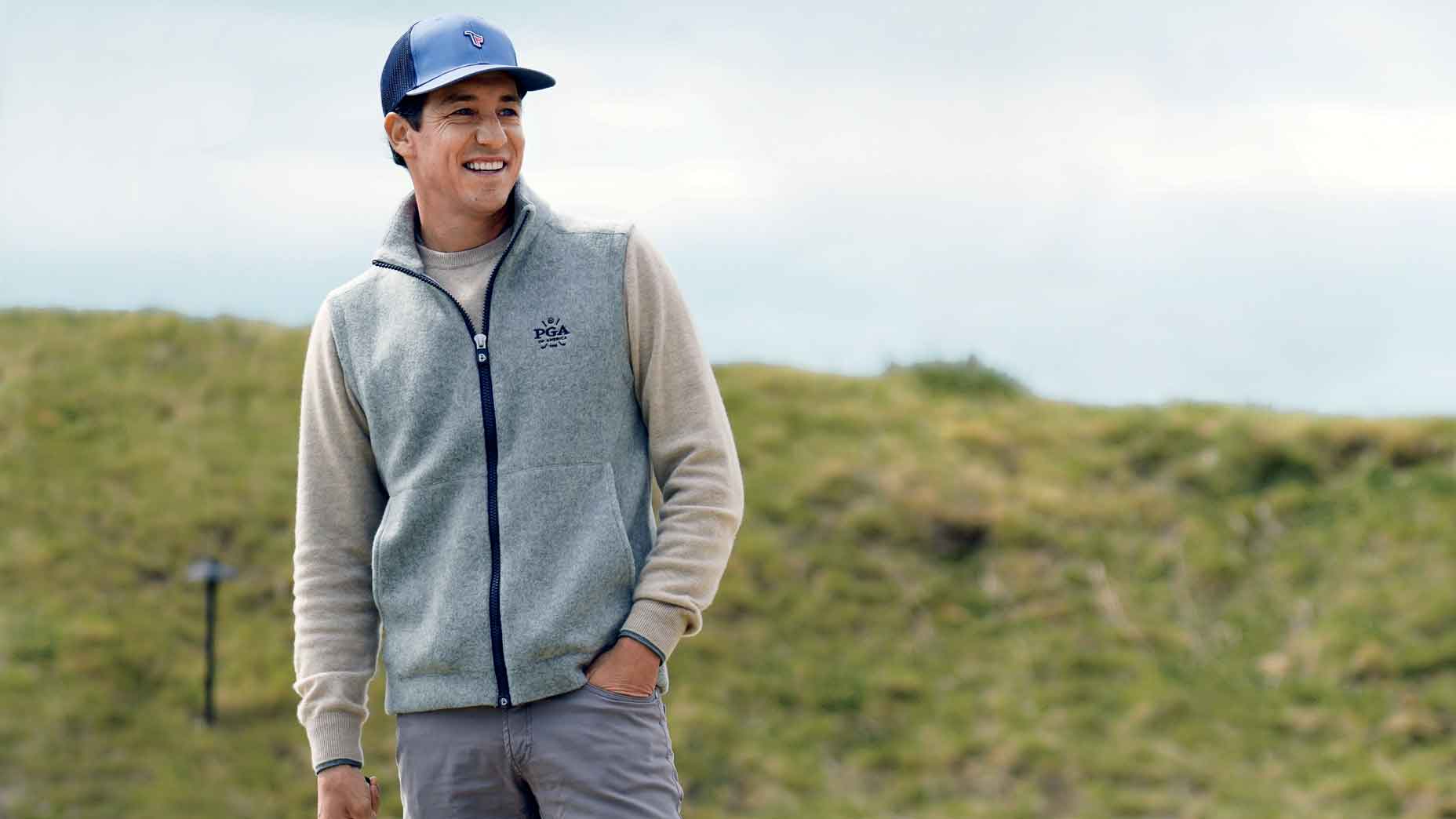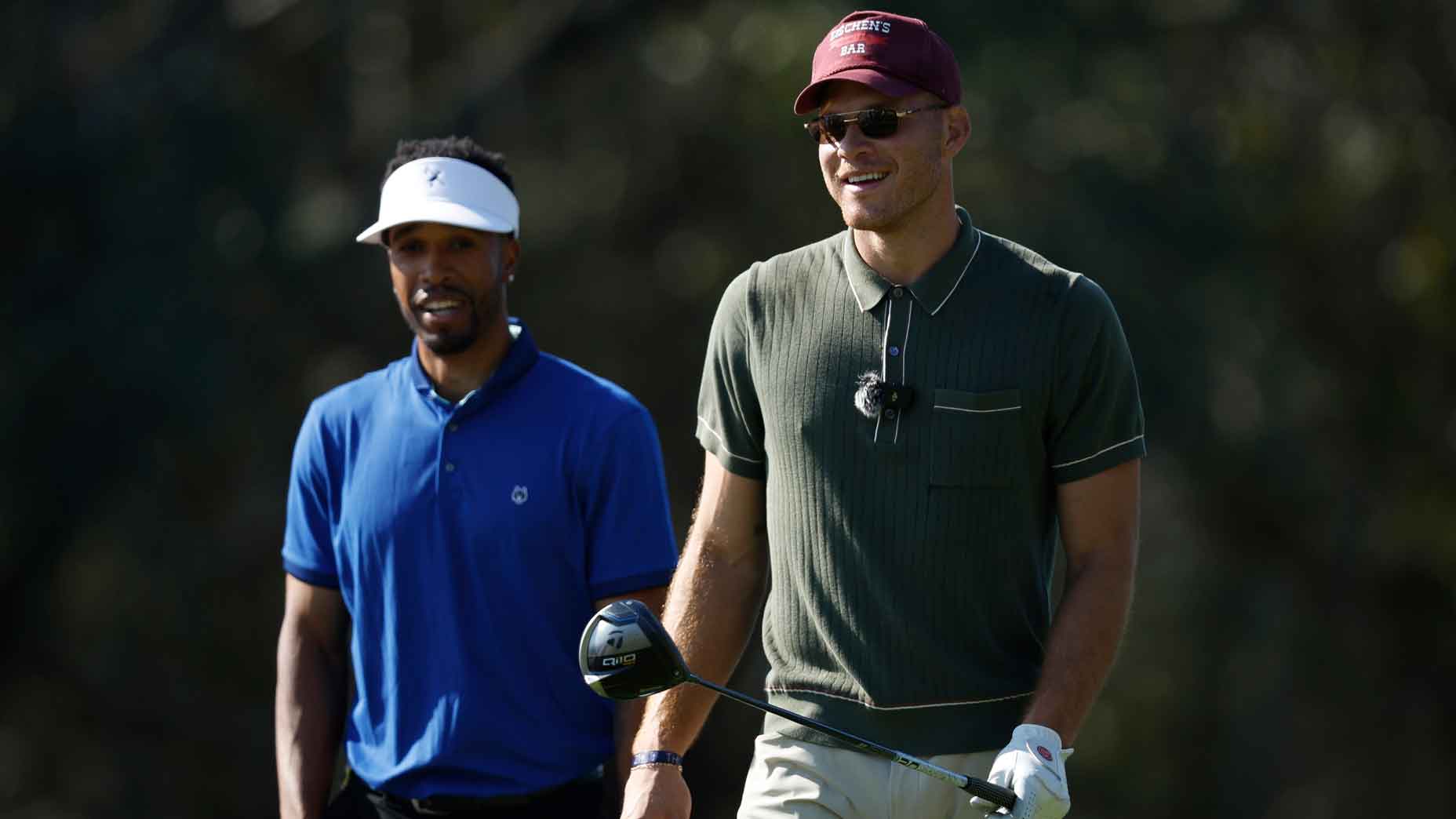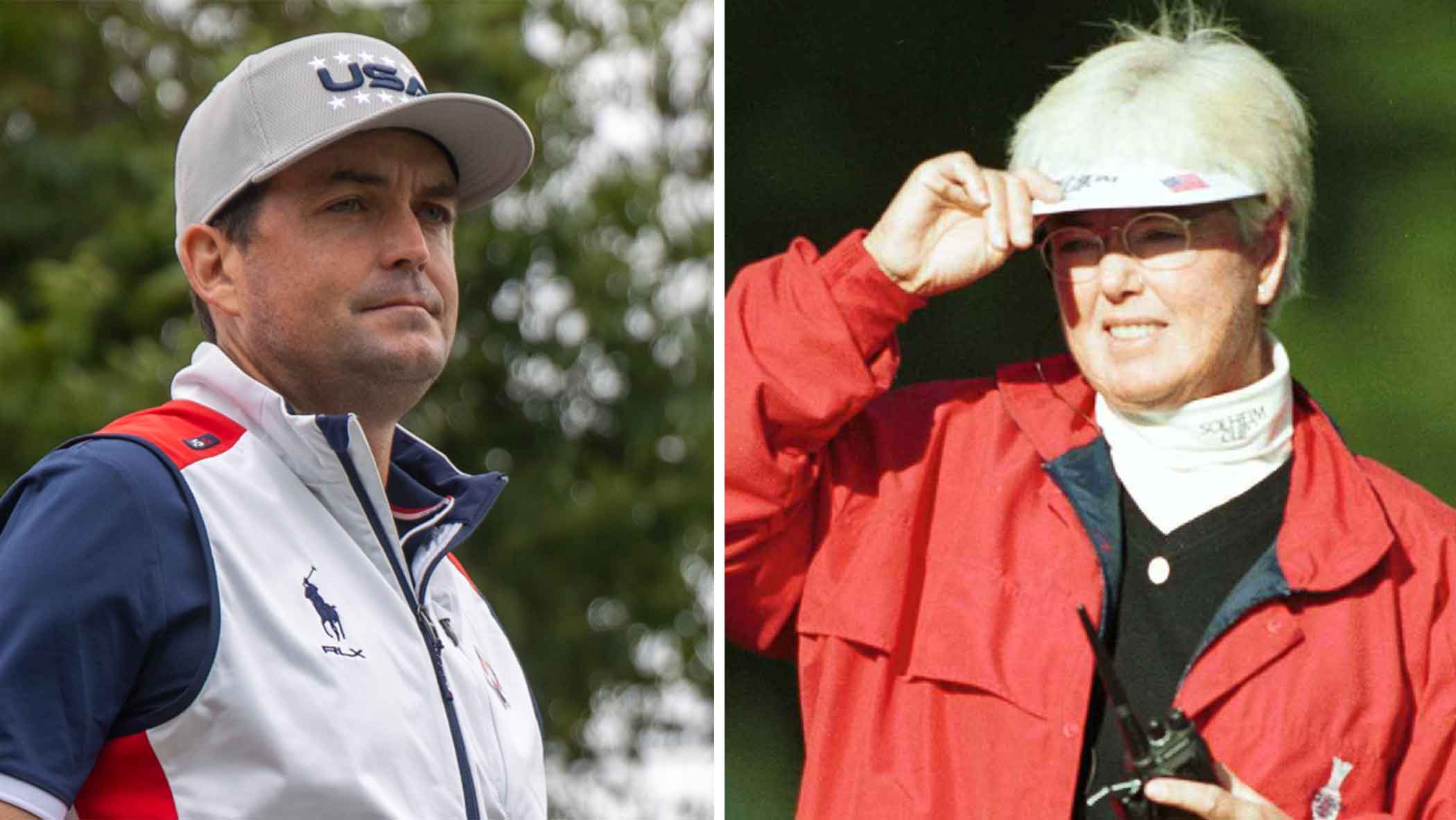In captain Stacy Lewis, American Solheim Cuppers have their own tough-as-nails team leader. Lewis and co. will be facing a host course — Spain’s Finca Cortesin — as new to them as Marco Simone will be to the U.S. Ryder Cup squad. When all else fails, turn to the analytics, right? That’s what Lewis is doing — with a little help from her friends.
GOLF: Finca Cortesin — having seen the course and the resort, what’s your impression of it?
Stacy Lewis: Finca is beautiful. The resort is awesome. Five stars. So it’s gonna be great for players to stay on-site. The golf course itself is a little quirky. It’s got some funny holes, and you’re on the side of a mountain, so it’s hilly. It’s gonna be a tough walk for the players. But it’s in absolutely perfect condition. I think it’s gonna be a great match-play course. It’s got a drivable first hole, and the scene there is gonna be awesome. The only downside to it is how tight the course is for fans. To me, it’s a little bit silly to have the Solheim Cup at a venue where you’ll have to limit ticket sales. It’s your biggest event, right? You want to blow it out. But for the U.S., it’s great. You know, there’ll be less European fans.
G: How have you approached the KPMG Performance Insights Program analytics in helping you shape the U.S. team?
SL: When I was announced as captain, I started doing research and reading, including [Shane Ryan’s] book about the Ryder Cup at Whistling Straits. It talked a lot about analytics — what the guys do, the two different [analytics firms] the teams used. So we did meetings with both of ’em. The company the Europeans use — Twenty First Group — is who KPMG partners with to do [LPGA] stats week in and week out.
‘There are definitely concerns’: Lexi Thompson Solheim Cup-bound amid career-worst slumpBy: Alan Bastable
So we met with them, and, fortunately, KPMG offered to pay for all of this, because it’s very expensive. Now, basically, I can get any data I want. We can break it down to the last three months, to the last two years. Right now, we’re predicting who’s gonna make the team kinda based on their schedules, what tournaments they’ve played and how, historically, they’ve played on certain types of courses. As we get closer to the event, we’re starting to look into pairings, ’cause the data can, based on the course, simulate who’ll play well together.
G: Super valuable, especially on a course like Finca Cortesin that nobody really knows.
SL: Historically, we put players together because they liked each other, they were friends or whatever — instead of having a [legitimate statistical] reason. The best example is in the best-ball format. You don’t want two people together who birdie the same holes. In the past, we had no clue who birdied what types of holes. Nelly and Jess [Korda] play our Dow event together and they crush it in alternate shot, but they’re terrible in best-ball.
G: Because they have the same tendencies. That’s interesting.
SL: Right? So, for them, the light bulb goes off. Like, Oh, that makes sense. That’s why we played so bad together! [Laughs.] So it justifies things for the players, which helps my job. It’s not just me, like, “I think you should do this.” It’s “Here’s the reason; this is what we’re gonna do.” It allows us to create a plan, so the week isn’t so chaotic. You know, I think there’s a lotta good things that are gonna come outta this.
